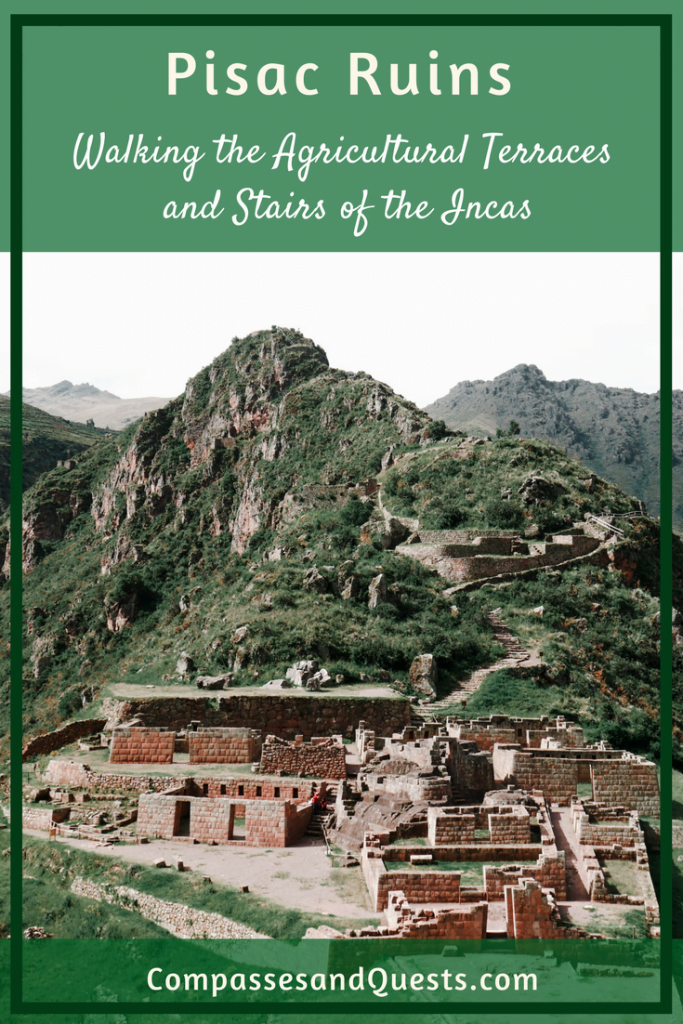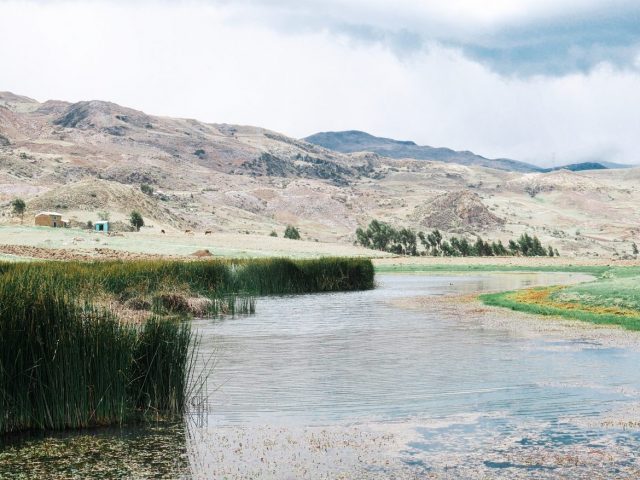Cusco’s Sacred Valley is full of ancient sites that represent the rich history of the Incan civilization that occupied the area beginning around 700 years ago. There are many ruins to visit in the Sacred Valley, and the Pisac ruins are a gem that you don’t want to miss. We ventured to the town of Pisac for a day trip, and it was definitely an unforgettable one.
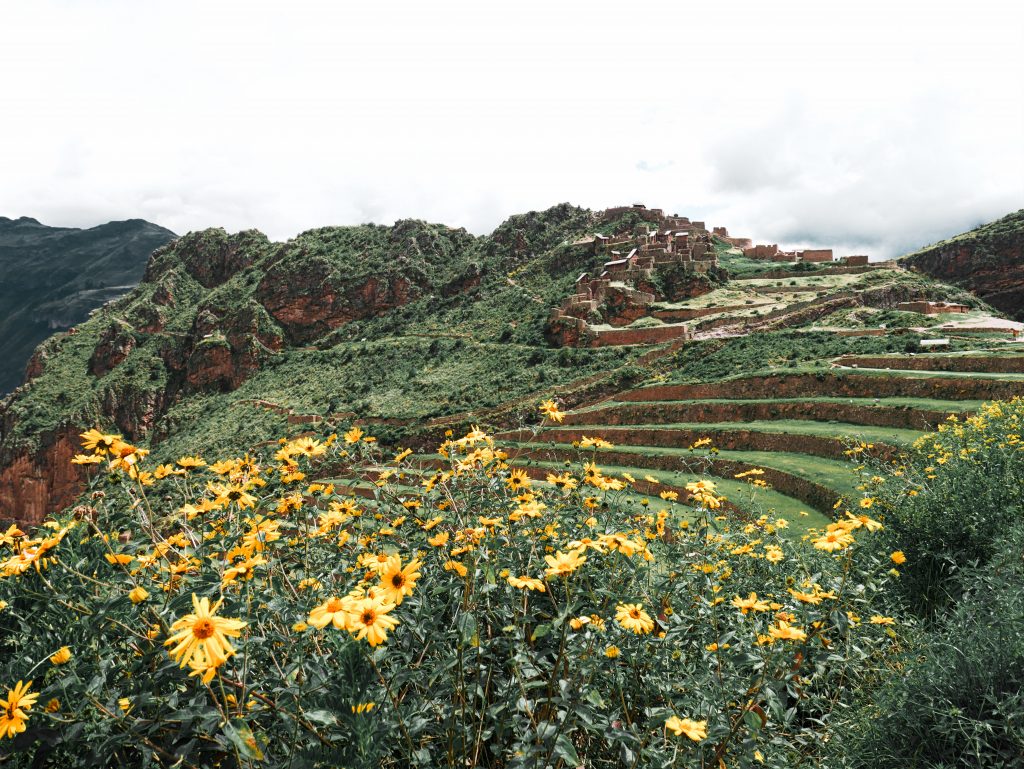
The History of Pisac
Pisac comes from the Quechua word ‘pisaq,’ which translates to mean ‘partridge’, and apparently, the ancient city forms the shape of this bird. It is unknown exactly when the Pisac ruins were built, but it is estimated that it was no earlier than 1440. It’s clear that this city was a strategic and important location within the empire, but its primary function is not known. The ruins lie along a popular Incan road to the jungle and were seemingly significant in regards to defense, agriculture, religious ceremonies, burial grounds, and more.
The large terraces imply extensive agriculture, and the towers may have served as defense against intruders who were potentially headed towards the Incan capital of Cusco. Pisac is also home to one of the largest Incan tombs, where nobles were placed to rest in cave-like spaces in the hillside. Near the center of the ruins lies a temple, which exhibits seemingly perfect stone architecture and an altar.
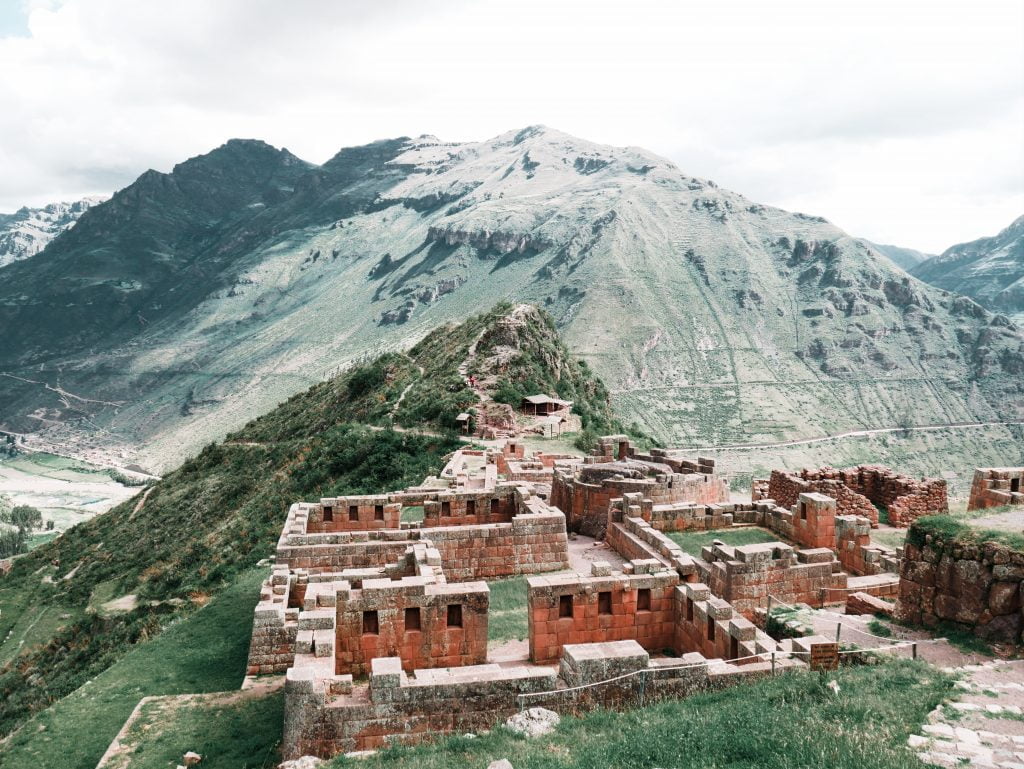
During and after the downfall or the Incan empire, no one knows what happened to Pisac. No records taken by Spanish conquistadors make note of the site or any battles that took place there. There are many things about Pisac that remain a mystery to this day.
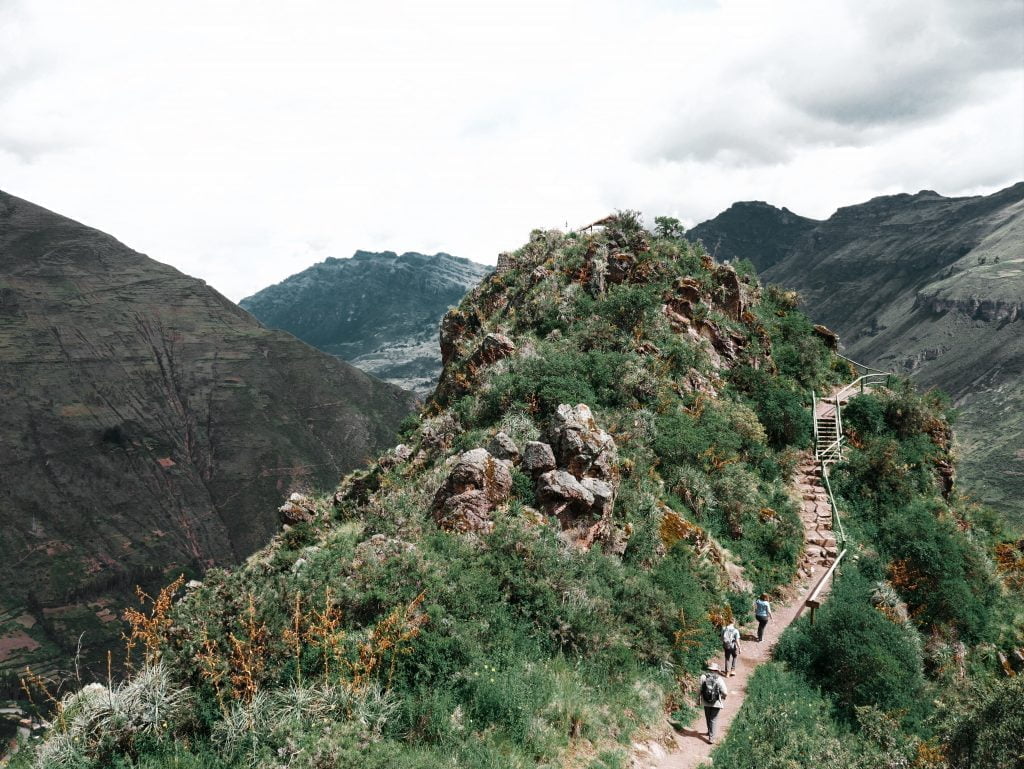
Getting to Pisac from Cusco
To get to the city of Pisac from Cusco, take a combi from calle Puputi for around S/.5 per person. Make sure the combi is headed to Calca or Urubamba, and ask to be dropped at Pisac. There are also combis that run directly to Pisac. The ride is about 45 minutes long. After your time in Pisac, simply catch a combi back to Cusco from the main Amazonas street.
Another option is to take a tour from Cusco. While a more expensive option, a tour may be nice for the convenience and for a deeper dive into the history of the site.
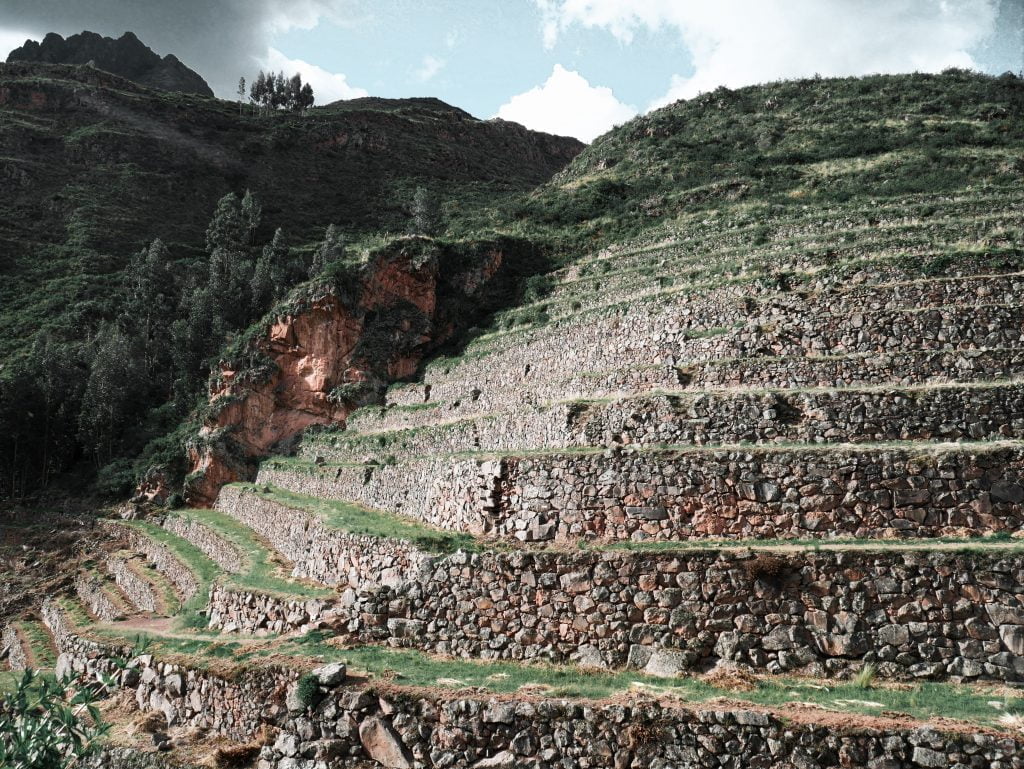
Getting to and from the Pisac Ruins
If you don’t take a tour from Cusco, there are a couple ways to get to the Pisac ruins once you are in Pisac. The way you choose is highly dependent on the time you have and your fitness level. Following are a few ways to experience the ruins.
- Taxi up, taxi down: This is the easiest and most time efficient way to see Pisac. Take a taxi from Amazonas and ask the driver to wait for you at the top. With the wait and return trip, the total should be between S/. 60 and S/. 70. You will be dropped at the entrance and must return to that same spot to be driven down to town.
- Taxi up, walk down: This is the route we chose. It was perfect as not everyone in our group was accustomed to the altitude, so the hike up would have been tough. Take a taxi up for between S/.20 and S/.30, and take your time exploring the ruins. You will start at the back end of the ruins and return to the city of Pisac through the steep steps on the front side. You can also walk up and taxi down if you desire, but there may not be a taxi waiting at the other end to take you down.
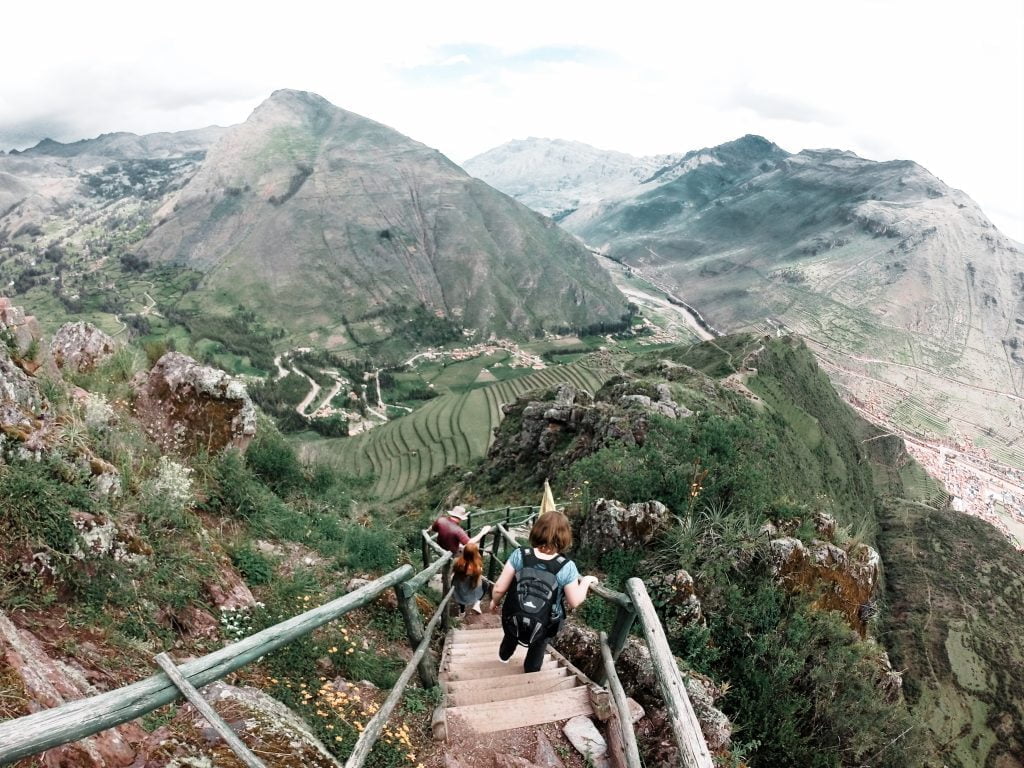
- Walk up, walk down: This is the cheapest option, but also the most time consuming. Walk through the market on Pardo street until you reach a sign that marks the entrance to Pisac. The hike is steep and consists of many stairs, so bring plenty of water and take rests as necessary. The hike from the bottom to the other end of the ruins is just over seven kilometers (about 4.5 miles).
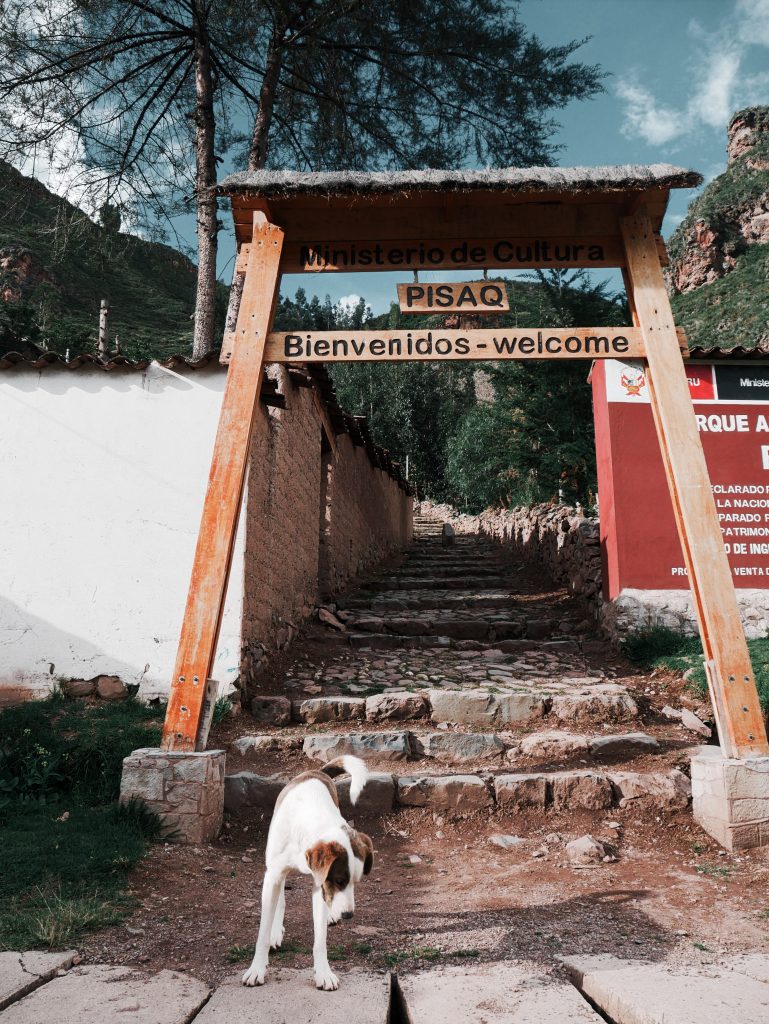
Hiking Through the Pisac Ruins
We arrived by taxi to the back side of the Pisac ruins. There are ladies selling souvenirs and guides that are willing to show you around the site. Before entering the ruins, you will need to show your tourist ticket. Note that you cannot enter Pisac without the partial or full tourist ticket. See more on buying the Boleto Turistico here.
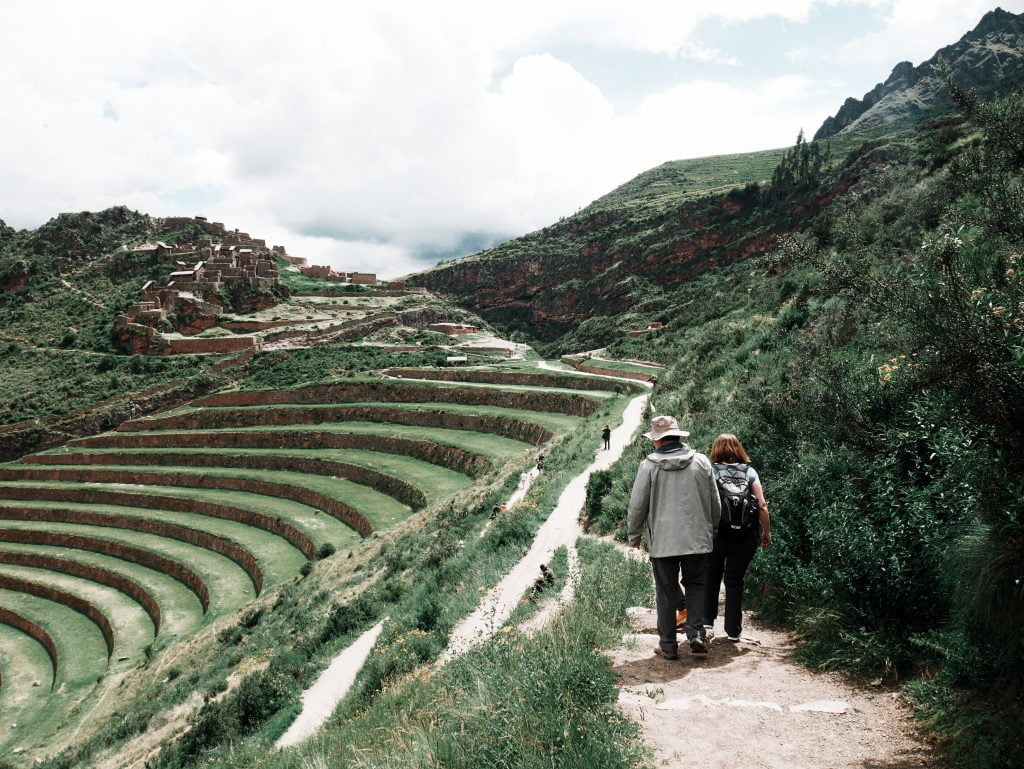
From the beginning of the hike, there are several different paths that you can take, but all lead to generally the same spot. Keep an eye out for the red flags that mark a prohibited trail. Walking along the Qallaqasa terraces was incredible, and it was crazy to see the scale of Pisac as it stretched down the hillside. Around the other side of these terraces is a restroom and a river that once fed the water supply of the city. On the hillside across the river, be sure to look out for the cave-like structures of the Anta Chaka tombs.
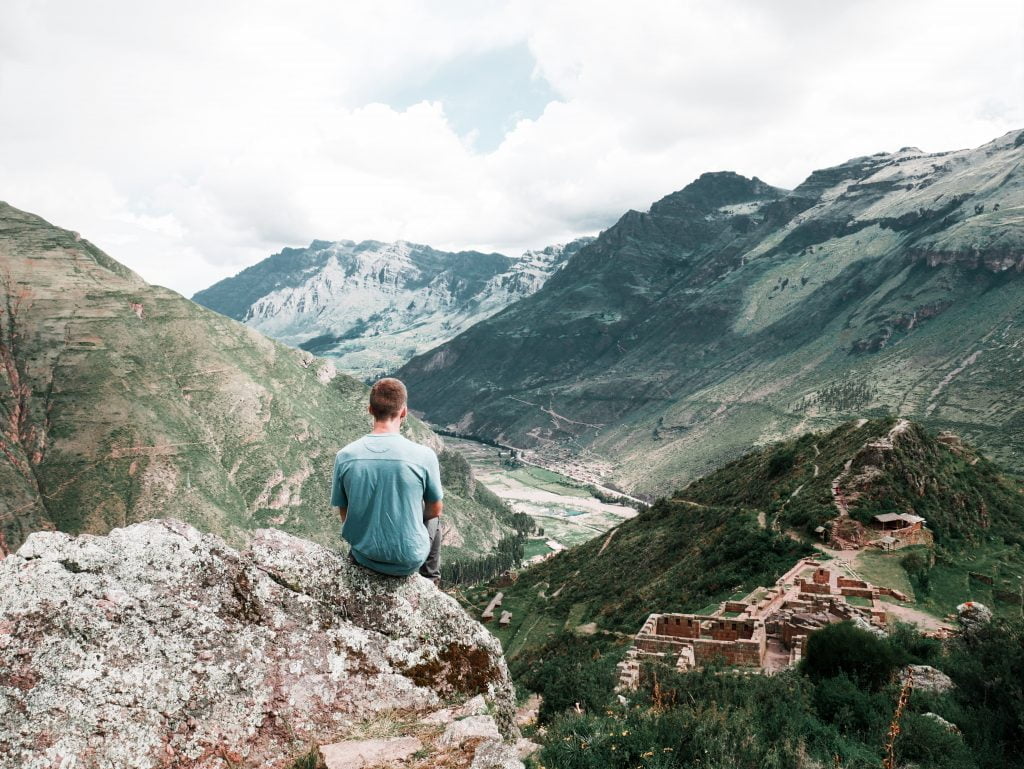
The path was pretty up and down, with miradors and housing establishments connected by sets of stairs. It was amazing to us how the Incans built these large structures on the sides of steep cliffs. Towards the middle of the ruins is the impeccable Nusta Tiana temple, where nobles spent their time and religious ceremonies were held. From here, you can either climb down towards more terraces and the town of Old Pisac (Pisaqa) or follow the ridge.
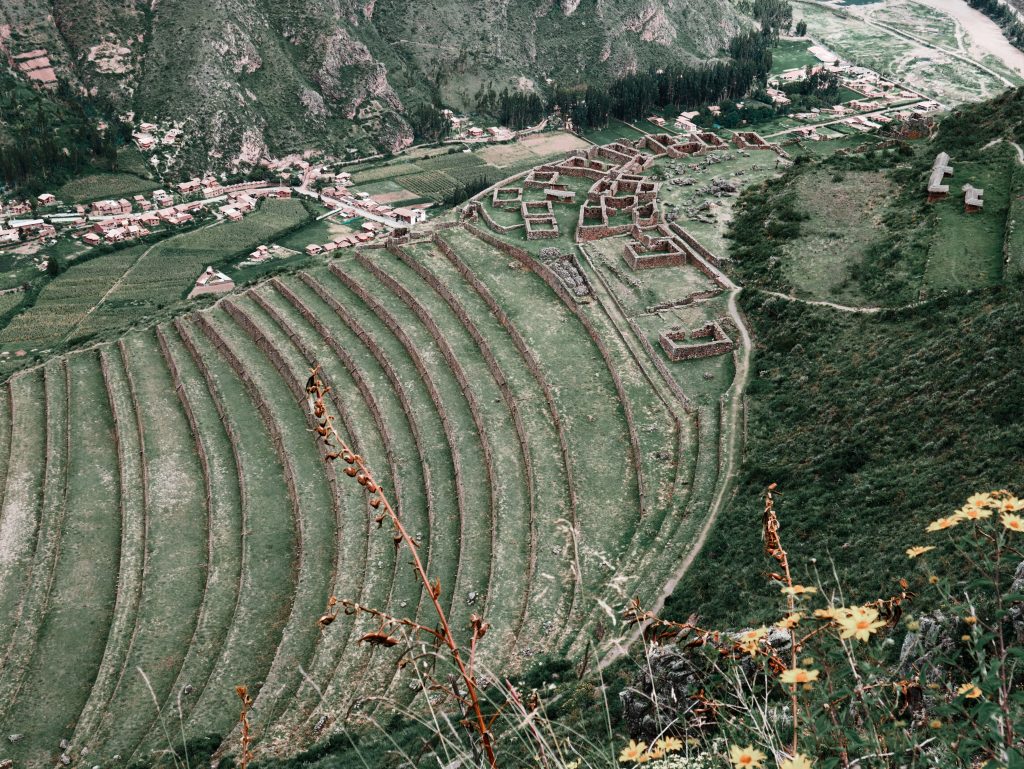
We walked along the ridge overlooking Pisaqa, which took us by various towers perched on the crests of the hill. At the end of the ridge, you walk through one last tower before descending steeply down the many stairs. The view of the valley and the new city of Pisac is beautiful the whole way down. Eventually, you come to a series of waterfalls and a river within the last 10 minutes of the hike.
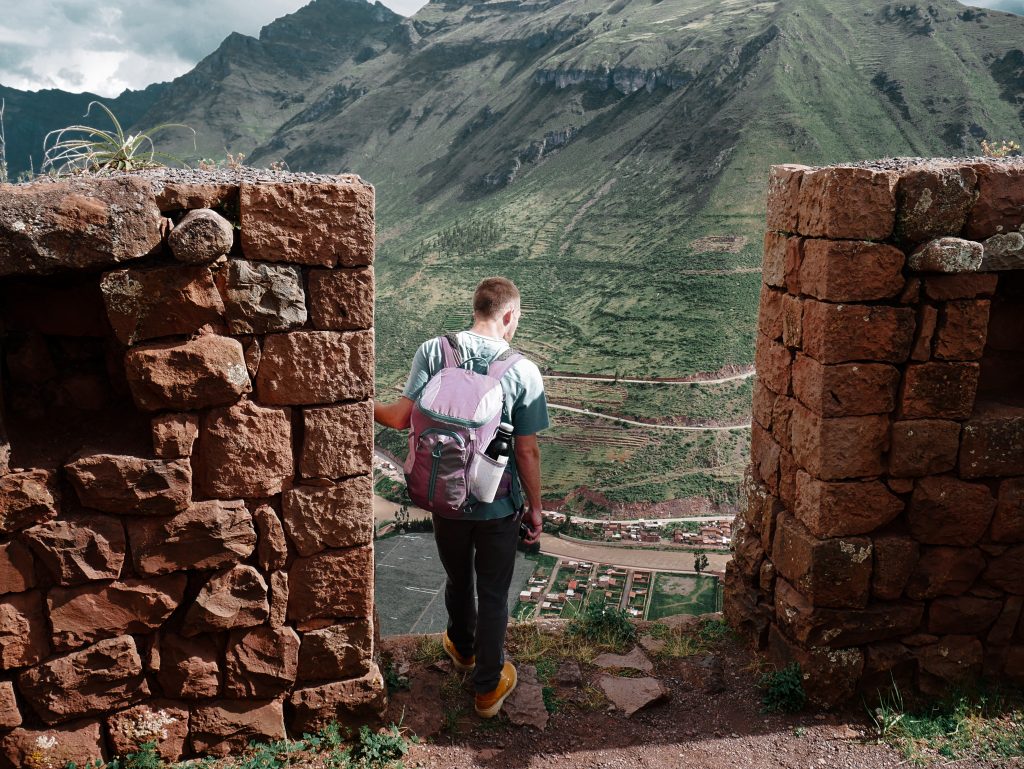
Final Thoughts on the Pisac Ruins
Originally, we hadn’t planned to visit the Pisac ruins, but we were beyond happy that we made the trip to see them. The area is incredibly beautiful and easy to get to. Furthermore, it was far less touristy than other ruins in the area – like Saqsaywaman and obviously Machu Picchu. It is the perfect place to visit for a half day, and you can spend some more time in the nearby town.
…
Have you been to any Peruvian ruins?
Like this Post? Pin it!
